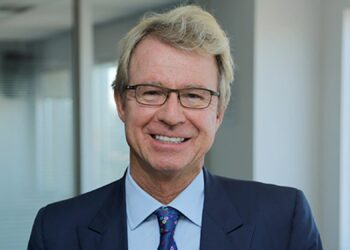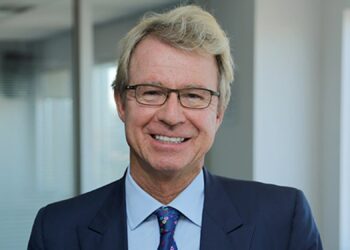Bendigo and Adelaide Bank (BABL) has continued a trend of increasingly profitable periods since the global financial crisis, announcing strong half-year returns with an after-tax profit of $173.9 million for the six months to 31 December 2010.
Cash earnings were $162.1 million with earnings per share of 44.7 cents, up 8.5 per cent on the prior corresponding period — while directors also announced a fully franked interim dividend of 30 cents per share.
BABL group managing director Mike Hurst highlighted the support of the bank’s retail customers, who now provide more than 90 per cent of BABL’s total balance sheet funding. Hurst also credited two residential mortgage-backed securities transactions, worth a total of $2.5 billion, as contributing to the result.
The bank also completed the purchase of the remaining 40 per cent of Rural Bank during the reporting period, which provides greater earnings diversity, Hurst said.
Credit quality remains sound with 90-day arrears in residential mortgages steady, while business lending arrears fell slightly and credit card and personal loan arrears each fell significantly, BABL stated.
The bank continued to grow its retail deposit base despite the continued growth of the term deposit market, while capital levels remained conservative. Reported costs increased due to an increased contribution from Rural Bank, but the cost-to-income ratio was steady at 57.7 (and lower than the 58.5 seen in the prior corresponding period).
Hurst said the outlook for the Australian economy remained sound but there were still significant headwinds for Australian banks, with volatility in trading conditions likely in the next six months as wholesale funding markets remain challenging and the effects of recent natural disasters begin to be felt.
Despite this, the bank’s low-risk business model made it well positioned for growth, he said.




